7 lies IT leaders should never tell

Things break, and in most cases, it comes as a surprise. IT consists of many
systems requiring different degrees of connectivity and monitoring, making it
difficult to know absolutely everything at every moment. The key to minimizing
failures is to be proactive rather than simply waiting for bad things to happen.
CIOs should not only expect things to break but also be honest about this with
their team members and business colleagues. “Eat, sleep, and live that life,”
advises Andre Preoteasa, internal IT director at IT business management firm
Electric. “There are things you know, things you don’t know, and things you
don’t know you don’t know,” he observes. “Write down the first two, then think
endlessly about the last one — it will make you more prepared for the unknowns
when they happen.” Preoteasa stresses the importance of building and maintaining
detailed disaster recovery and business continuity plans. “IT leaders that don’t
have [such plans] put the company in a bad position,” he notes. “The exercise
alone of writing things down shows you’re thinking about the future.”
Amid Legal Fallout, Cyber Insurers Redefine State-Sponsored Attacks as Act of War

Acts of war are a common insurance exclusion. Traditionally, exclusions
required a "hot war," such as what we see in Ukraine today. However, courts
are starting to recognize cyberattacks as potential acts of war without a
declaration of war or the use of land troops or aircraft. The state-sponsored
attack itself constitutes a war footing, the carriers maintain. ...
Effectively, Forrester's Valente notes, larger enterprises might have to set
aside large stores of cash in case they are hit with a state-sponsored attack.
Should insurance carriers be successful in asserting in court that a
state-sponsored attack is, by definition, an act of war, no company will have
coverage unless they negotiate that into the contract specifically to
eliminate the exclusion. When buying cyber insurance, "it is worth having a
detailed conversation with the broker to compare so-called 'war exclusions'
and determining whether there are carriers offering more favorable terms,"
says Scott Godes, partner and co-chair of the Insurance Recovery and
Counseling Practice and the Data Security & Privacy practice at District
of Columbia law firm Barnes & Thornburg.
Top 5 challenges of implementing industrial IoT

Scalability is another challenge faced by professionals trying to make
progress with their IIoT implementations. Bain’s 2022 study of IIoT
decision-makers indicated that 80% of those who purchase IIoT technology scale
fewer than 60% of their planned projects. The top three reasons why those
respondents failed to scale their projects were that the integration effort
was overly complicated and required too much effort, the associated vendors
could not support scaling, and the life cycle support for the project was too
expensive or not credible. One of the study’s takeaways was that hardware
could help close gaps that prevent company decision-makers from scaling.
Another best practice is for people to take a long-term viewpoint with any
IIoT project. Some people may only think about what it will take to implement
an initial proof of concept. That’s just a starting point. They’ll have to
look beyond the early efforts if they want to eventually scale the project,
but many of the things learned during the starting phase of a project can be
beneficial to know during later stages.
AWS And Blockchain
The customer CIO, an extremely smart person, spoke up, in beautifully-rounded
European vowels: “Here’s a use case I’ve been told about that’s on my mind.”
He named a region in Asia and explained that the small farmers there mark
their landholdings carefully, but then the annual floods sometimes wash the
markers away. Then unscrupulous larger landowners use the absence of markers
to cut away at the smallholdings of the poorest. “But if the boundary markers
were on the blockchain,” he said, “they wouldn’t be able to do that, would
they?” ... I thought. Then said “As a lifelong technologist, I’ve always been
dubious about technology as a solution to a political problem. It seems a good
idea to have a land-registry database but, blockchain or no, I wonder if the
large landowners might be able to find another way to fiddle the records and
still steal the land? Perhaps this is more about power than boundary markers?”
Later in the ensuing discussion I cautiously offered something like the
following, locking eyes on the CIO: “There are many among Amazon’s senior
engineers who think blockchain is a solution looking for a problem.” He went
entirely expressionless and the discussion moved on.
The key message is that before persisting the data into the storage layers
(Bronze, Silver, Gold), the data must pass data quality checks and for the
corrupted data records that fail the data quality checks to be dealt with
separately, before they are written into the storage layer. ... The “Bronze
=> Silver => Gold” pattern is a type of data flow design , also called a
medallion architecture. A medallion architecture is designed to incrementally
and progressively improve the structure and quality of data as it flows
through each layer of the architecture. This is why it is relevant for today’s
article regarding data quality and reliability. ... Generally the data quality
requirement become more and more stringent as the data flows from raw to
bronze to silver and to gold as the gold layer directly serves the business.
You should, by now, have a high-level understanding of what a medallion data
design pattern is and why it is relevant for a data quality discussion.
The Digital Skills Gap is Jeopardising Growth
With people staying in workforces longer than ever before and careers spanning
five decades becoming the norm, upskilling at a massive scale is needed.
However, this need is not fully addressed; a worrying 6 in 10 (58%) people we
surveyed in the UK told us that they have already been negatively affected by
a lack of digital skills. Organisations can’t just rely on recruiting from a
limited pool of digital specialists. More focus is also needed by
organisations to upskill their own employees, in both tech and human digital
skills. At a recent digital skills panel debate in Manchester, the director of
a recruitment agency stated bluntly that: “Many businesses are currently
overpaying to bring in external digital skills because of increased
competition and this just isn’t sustainable. Upskilling your current teams
should be as important as recruiting in new talent to keep costs in check and
create a more balanced and loyal workforce.” It’s crucial to upskill
employees, not only to get the necessary digital capabilities in our
organisations, but to build loyalty and retain valued team members.
Emerging sustainable technologies – expert predictions

AI and automation technologies offer a smart solution, too; they could channel
energy when it is plentiful into less time-sensitive uses, such as charging up
electric vehicles or heating storage heaters. For example, Drax has looked at
ways of combining AI with smart meters to channel our energy use, so that we
take advantage of those periods when energy creation exceeds demand. The
debate over whether we need new technologies or just need to scale-up existing
sustainable technologies has even reached the higher echelons of power. John
Kerry, US special presidential envoy for climate, and a certain Bill Gates say
we need technologies which haven’t been invented yet. World-renowned climate
change scientist Michael Mann disagrees. In his expert opinion, we just need
to scale up existing technologies. ... But there is one other application — an
application which will create extraordinary opportunity and open the way for
many technologies we have been considering up to now. When all of our power is
provided by renewables, the total annual supply is likely to exceed total
annual demand by a large margin.
Women in IT: Progress in Workforce Culture, But Problems Persist

From Milică's perspective, the greatest challenge facing women in IT today is
a lack of role models. “Women need to be the role models who can inspire young
minds, especially more women and minority leaders,” she says. “Even at the
individual level, each of us -- teachers, parents, and other influential
adults -- can plant the seed and grow the understanding among young people of
the importance of IT jobs, and how that career path can make a difference in
our world and society.” She adds hiring bias and pay inequality, along with
the lack of female role models, leaders, and advancement opportunities, all
discourage women from pursuing a STEAM career. “Women have to work much harder
both to get hired and to advance their careers -- which perhaps explains why
52% of women in cybersecurity hold postgraduate degrees, compared to only 44%
of men,” Milică notes. She adds the industry also hasn’t done a great job
sparking interest at an early age. “Attention to a career path starts with
children as early as elementary school, and by middle or high school, many
students will have made their decisions,” she explains.
EPSS explained: How does it compare to CVSS?

EPSS aims to help security practitioners and their organizations improve
vulnerability prioritization efforts. There are an exponentially growing
number of vulnerabilities in today’s digital landscape and that number is
increasing due to factors such as the increased digitization of systems and
society, increased scrutiny of digital products, and improved research and
reporting capabilities. Organizations generally can only fix between 5% and
20% of vulnerabilities each month, EPSS claims. Fewer than 10% of published
vulnerabilities are ever known to be exploited in the wild. Longstanding
workforce issues are also at play, such as the annual ISC2 Cybersecurity
Workforce Study, which shows shortages exceeding two million cybersecurity
professionals globally. These factors warrant organizations having a coherent
and effective approach to aid in prioritizing vulnerabilities that pose the
highest risk to their organization to avoid wasting limited resources and
time. The EPSS model aims to provide some support by producing probability
scores that a vulnerability will be exploited in the next 30 days and the
scores range between 0 and 1 or 0% and 100%.
Could it be quitting time?

The book tackles a challenge that proves stubbornly difficult for most people.
Letting go of anything is hard, especially at a time when pundits tout the
power of grit, building resilience, and toughing it out. Duke provides
permission to see quitting as not only viable but often preferable, and she
explains why people rarely give up at the right time. “Quitting is hard, too
hard to do entirely on our own,” she writes. “We as individuals are riddled by
the host of biases, like the sunk cost fallacy, endowment effect, status quo
bias, and loss aversion, which lead to escalation of commitment. Our
identities are entwined in the things that we’re doing. Our instinct is to
want to protect that identity, making us stick to things even more.” These
biases—some of them unconscious—prompt us to stick with jobs that have lost
their appeal or value; hold on to losing stocks long after an inner voice
screams “Sell!”; or endure myriad other situations that no longer serve us.
Duke focuses far more on the thinking behind the decision to “quit or grit”
rather than on the decision’s final outcomes.
Quote for the day:
"Teamwork is the secret that make
common people achieve uncommon result." -- Ifeanyi Enoch Onuoha





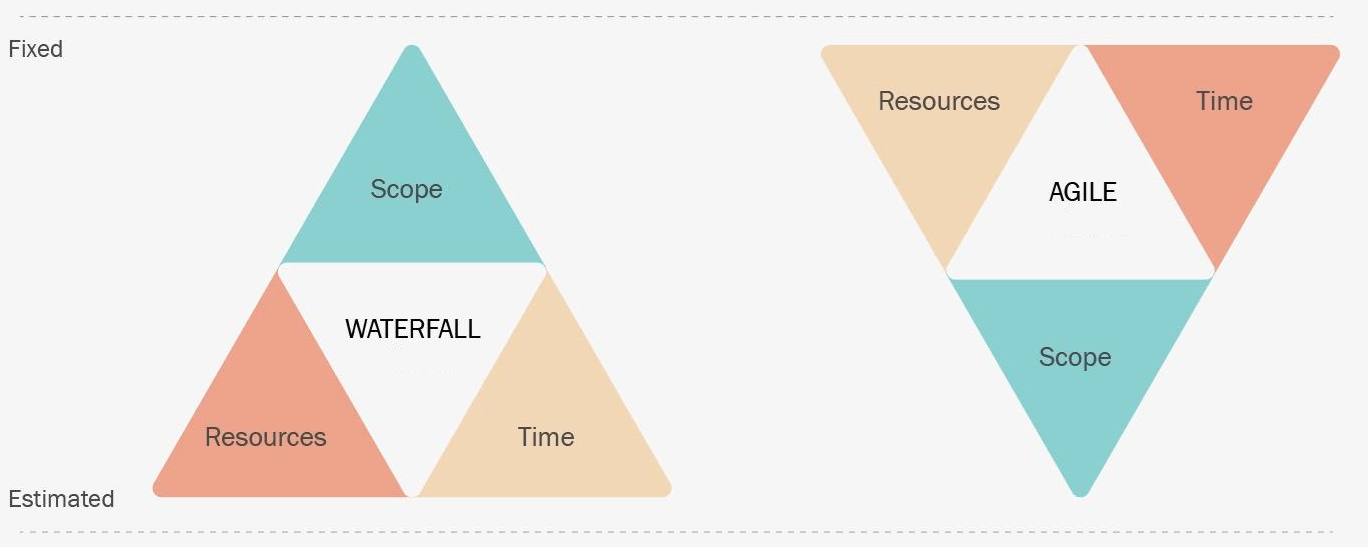

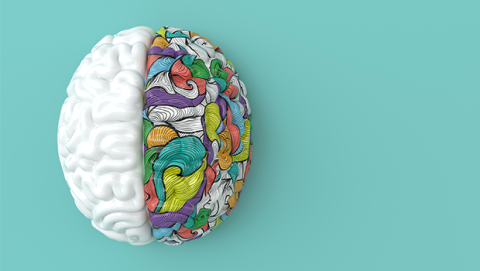

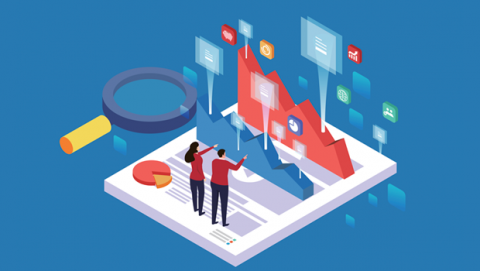


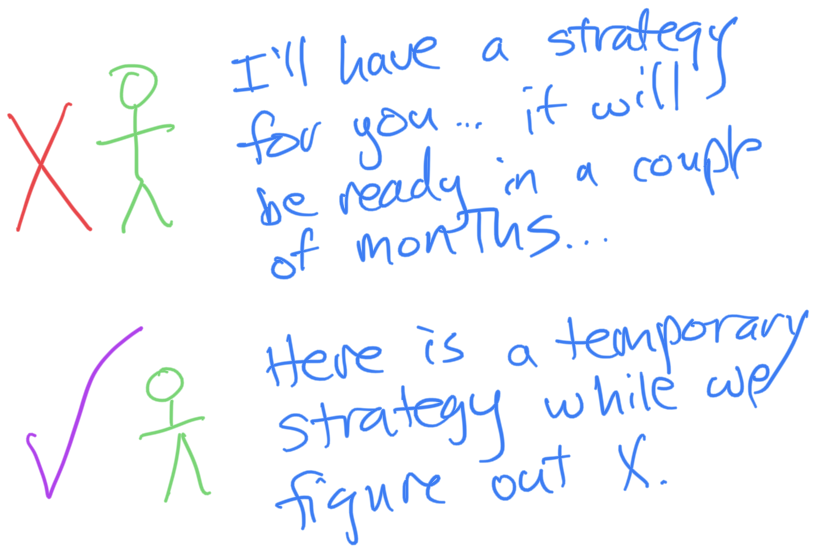








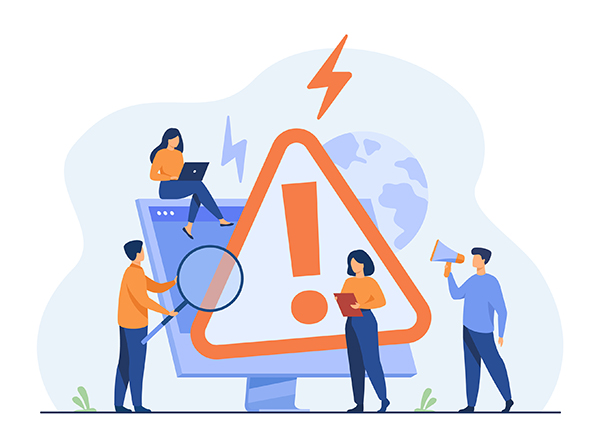

:quality(70)/cloudfront-us-east-1.images.arcpublishing.com/archetype/C5ZAKRQUJFBRVMC745AIBMCF3A.jpg)












